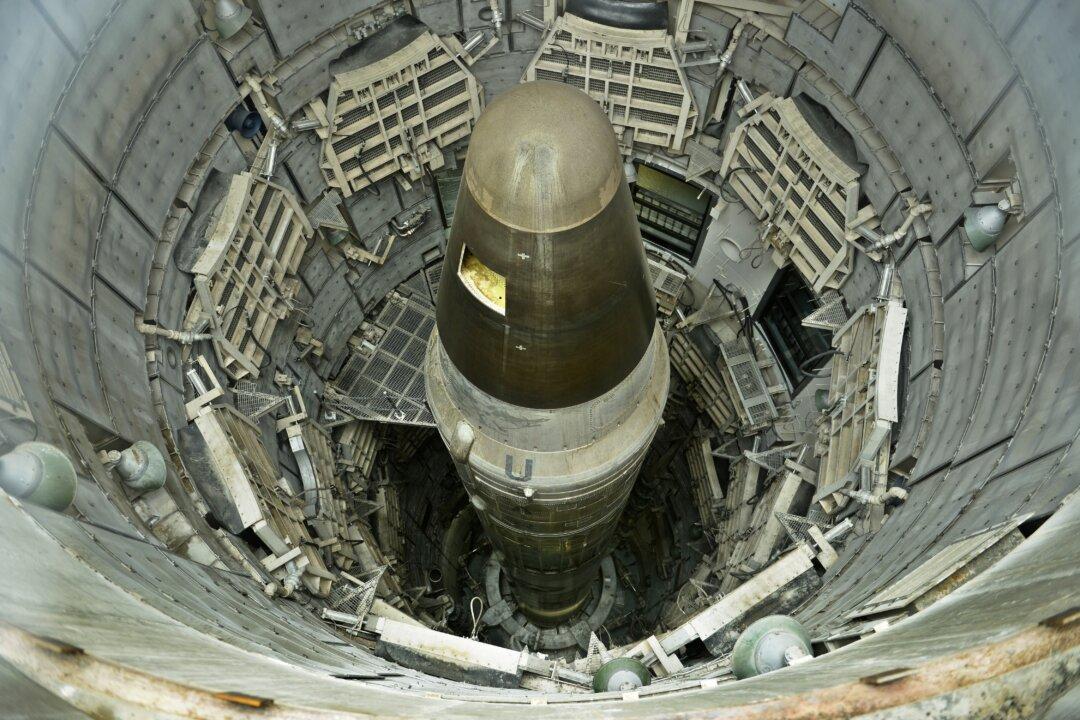NEW DELHI—China is building 120 new silos for intercontinental ballistic missiles (ICBM) near its northwestern desert city of Yumen, indicating a significant expansion in its nuclear arsenal and sparking concerns of a Taiwan-related conflict between China and the United States.
Communist China has always regarded Taiwan as a rebel province and has for some time pressured other nations to deny it diplomatic and trade relations, seeking to force Taiwan to choose unification with China. But recently there has been a drumbeat of hostile rhetoric emanating from Beijing suggesting war to take Taiwan is a possibility, and the new missile silos may be part of that initiative.





